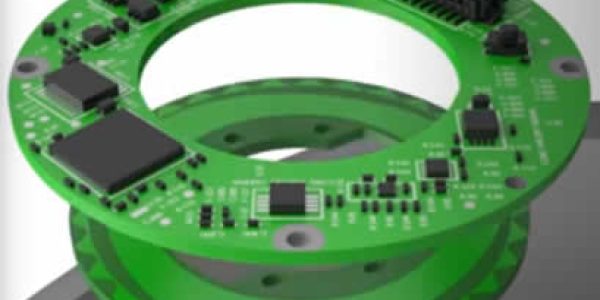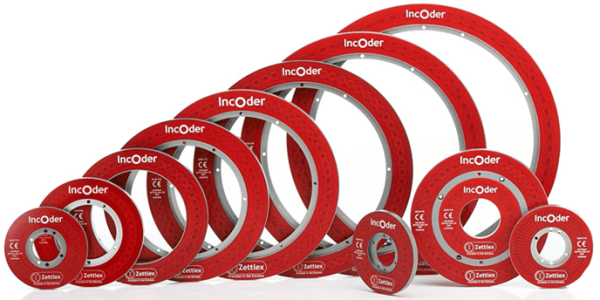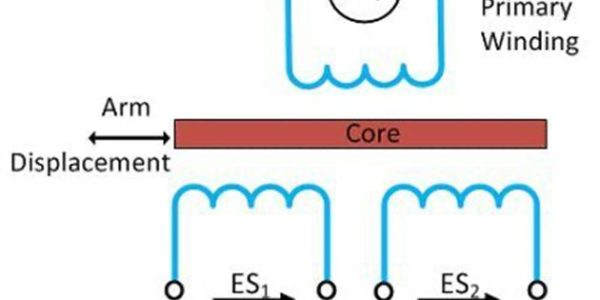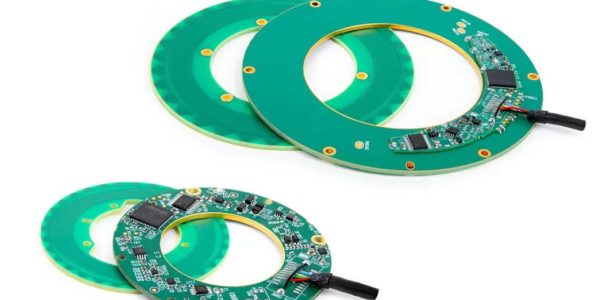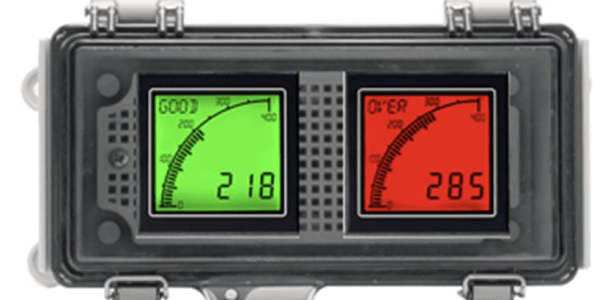A Case Study on Electro-optical/infrared (EO/IR) Vision Systems
Introduction
In today’s highly competitive manufacturing industry, precision and efficiency are paramount. Rotary encoders and linear sensors, essential components in motion control systems, play a critical role in enhancing the performance of aerosol and bag on valve (BOV) filling machinery.
Application in Aerosol Filling Machinery
Aerosol filling machinery requires precise control over the filling process to ensure consistency and quality. Position sensors provide real-time feedback on the position and speed of the filling heads, allowing for accurate and repeatable filling cycles. This is particularly important for preventing overfilling or underfilling, which can lead to product waste and reduced profitability.
Application in Bag on Valve Filling Machinery
Bag on valve (BOV) filling technology is becoming increasingly popular due to its environmental benefits and improved product dispensing. Sensors play a crucial role in the BOV filling process by ensuring precise control over the filling and sealing operations.
Benefits of Using Rotary Encoders in BOV Filling
- Consistency: Rotary encoders provide accurate position feedback, ensuring consistent filling volumes and quality.
- Automation: Encoders enable seamless integration with automated control systems, increasing overall efficiency.
- Quality Control: Real-time data from encoders allows for continuous monitoring and quality assurance.
Integration and Implementation
Integrating rotary encoders into aerosol and BOV filling machinery involves several key steps. First, it is essential to select the appropriate type of encoder based on the specific requirements of the application. Factors such as resolution, accuracy, and environmental conditions should be considered.
Next, the encoder must be mounted securely to the machinery. Proper alignment and calibration are crucial to ensure accurate position tracking. The encoder’s output signals must be connected to the control system, which will process the data and make necessary adjustments to the filling process.
Challenges and Solutions
While rotary encoders offer numerous benefits, their implementation can present certain challenges. For instance, environmental factors such as dust, moisture, and temperature fluctuations can affect encoder performance. To address these challenges, it is important to choose encoders with appropriate protection ratings and ensure proper sealing and maintenance.
Another challenge is signal interference, which can lead to inaccurate position tracking. Using shielded cables and proper grounding techniques can help mitigate this issue.
Conclusion
Rotary encoders are indispensable components in aerosol and bag on valve filling machinery. Their ability to provide precise position and speed feedback enhances the accuracy, efficiency, and reliability of the filling process. By integrating rotary encoders into these systems, manufacturers can achieve higher productivity, reduce waste, and ensure consistent product quality.
As technology continues to advance, the capabilities of rotary encoders will further improve, offering even greater benefits to the manufacturing industry. Embracing these innovations will be key to staying competitive in an increasingly demanding market.
